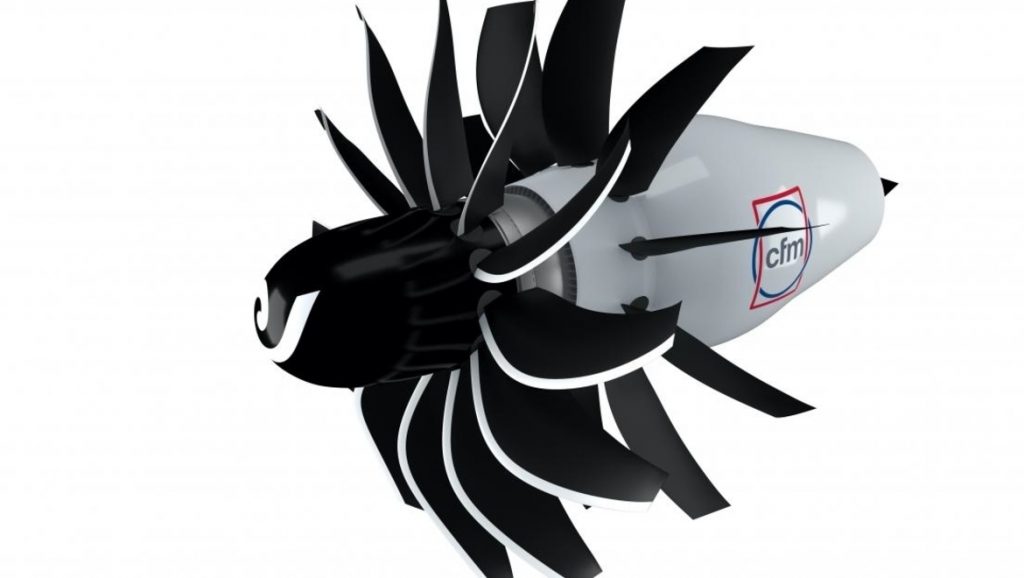
GE and Safran have announced the extension of their joint venture until 2050 to continue developing future engines that could reduce carbon emissions by a further 20 per cent.
Together, the companies have unveiled their new program, CFM RISE (Revolutionary Innovation for Sustainable Engines), which will launch new sustainable technologies for future engines, which they intend to see enter service in the mid-2030s.
This is part of their extended 50/50 partnership, to continue developing sustainable engines for the aviation industry.
“We have to act now to accelerate our efforts to reduce our impact on the environment,” said Safran CEO Olivier Andries.
“Since the early 1970s, breakthrough engine efficiency and reliability have been the hallmark of our historic partnership and our LEAP engine already reduces emissions by 15 per cent compared to previous generation engines.”
GE and Safran’s joint venture extension depicts their commitment to long-lasting climate action, the companies said in a joint statement.
As part of the RISE program, the two hope to reduce CO2 emissions by more than 20 per cent in comparison with today’s most sustainable engines. The companies have proposed 100 per cent partnership with sustainable resources including SAF and hydrogen.
The aviation industry currently contributes 2 per cent of all human induced CO2, and aviation alone is responsible for 12 per cent of CO2 from all transport sources.
Despite common limitations concerning cost, production and safety, the industry is being pushed towards sustainable measures of manufacturing like never before.
New proposed engine concepts include propulsive efficiency for engines, including the development of open fan architecture.
“Our most sustainable solutions — the one that provides the greatest benefit — require an open-fan architecture, as a matter of physics,” Travis Harper, GE product manager, said.
“While we are exploring other potential architectures, they cannot deliver the same level of fuel burn and CO2 emissions improvement that we could achieve with an open fan.”
By eliminating the fan duct, open rotor engines can save up to 35 per cent in fuel consumption.
Therefore, this technology potentially achieves improved fuel efficiency, while maintaining a supreme cabin experience in a single-aisle aircraft
GE and Safran’s partnership develops engines for the well-known Boeing 737 MAX and the Airbus A320neo family.
The new RISE program is being led by joint GE and Safran engineering teams. They have laid out an extensive technology roadmap that includes all proposed innovations: composite fan blades, heat resistant metal alloys, ceramic matrix composites (CMCs), hybrid electric capability and additive manufacturing.
It includes 300 separate component, module and full engine builds. A demonstrator engine is set to begin its testing phase in the middle of this decade, with a flight test to follow.












